Jenna Bishop, Leah Dunn, Carolina Granthon, Christopher McClure
Boise State University, The Peregrine Fund
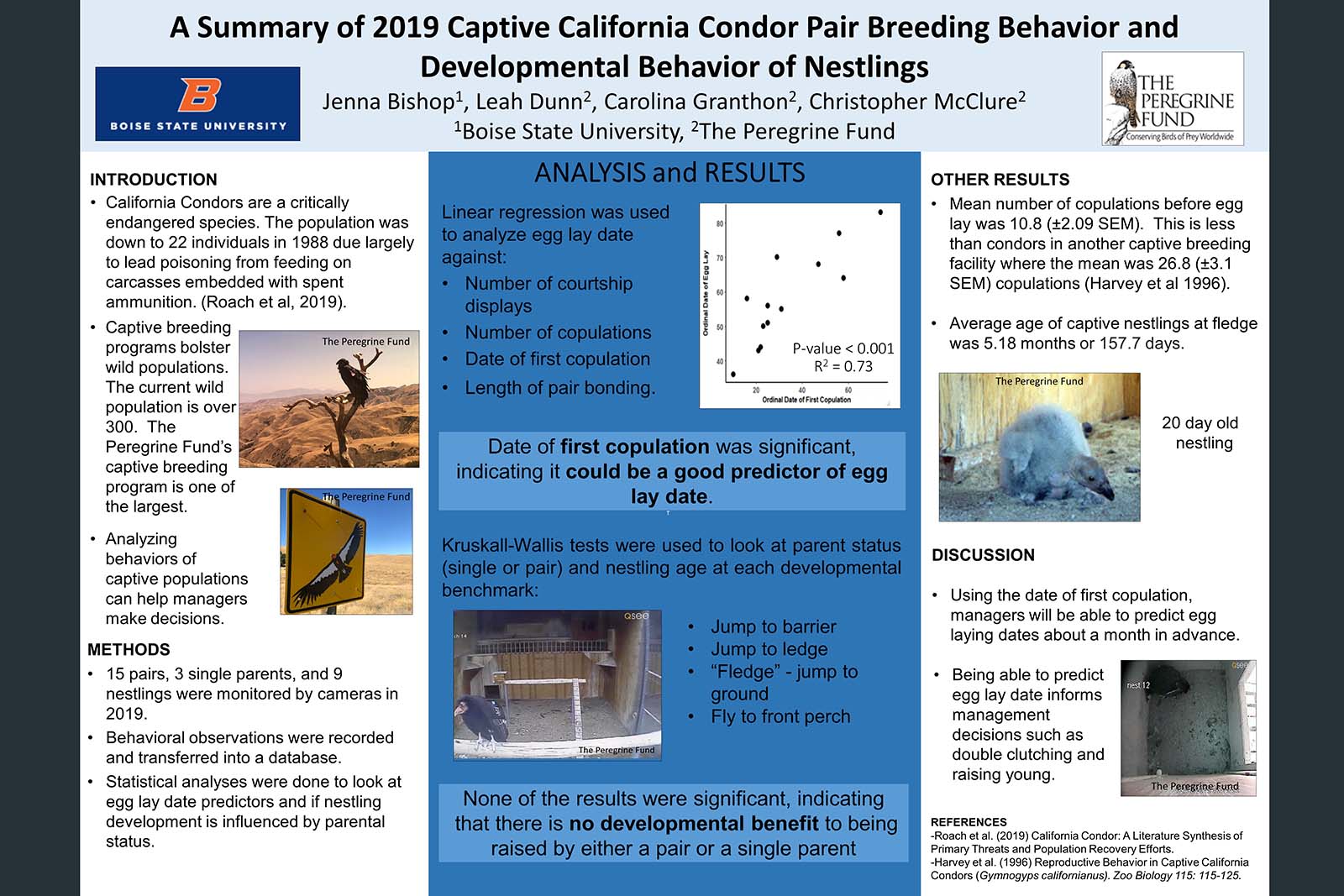
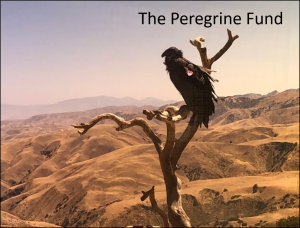
Introduction
California Condors are a critically endangered species. The population was down to 22 individuals in 1988 due largely to lead poisoning from feeding on carcasses embedded with spent ammunition. (Roach et al, 2019).
Captive breeding programs bolster wild populations. The current wild population is over 300. The Peregrine Fund’s captive breeding program is one of the largest.
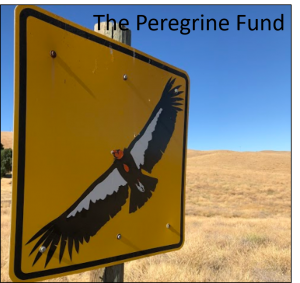
Analyzing behaviors of captive populations can help managers make decisions.
Methods
- 15 pairs, 3 single parents, and 9 nestlings were monitored by cameras in 2019.
- Behavioral observations were recorded and transferred into a database.
- Statistical analyses were done to look at egg lay date predictors and if nestling development is influenced by parental status.
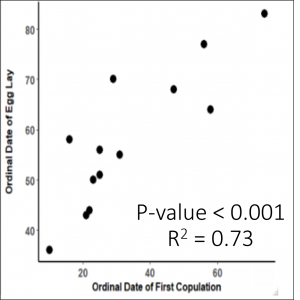
Analysis and Results
Linear regression was used to analyze egg lay date against:
- Number of courtship displays
- Number of copulations
- Date of first copulation
- Length of pair bonding
Date of first copulation was significant, indicating it could be a good predictor of egg lay date.
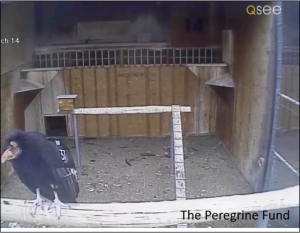
Kruskall-Wallis tests were used to look at parent status (single or pair) and nestling age at each developmental benchmark:
- Jump to barrier
- Jump to ledge
- “Fledge” – jump to ground
- Fly to front perch
None of the results were significant, indicating that there is no developmental benefit to being raised by either a pair or a single parent.
Other Results
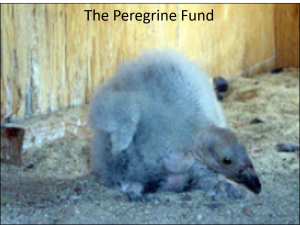
Mean number of copulations before egg lay was 10.8 (±2.09 SEM). This is less than condors in another captive breeding facility where the mean was 26.8 (±3.1 SEM) copulations (Harvey et al 1996).
Average age of captive nestlings at fledge was 5.18 months or 157.7 days.
Discussion
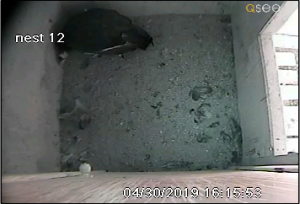
- Using the date of first copulation, managers will be able to predict egg laying dates about a month in advance.
- Being able to predict egg lay date informs management decisions such as double clutching and raising young.
References
- Roach et al. (2019) California Condor: A Literature Synthesis of Primary Threats and Population Recovery Efforts.
- Harvey et al. (1996) Reproductive Behavior in Captive California Condors (Gymnogyps californianus). Zoo Biology 115: 115-125.
Additional Information
For questions or comments about this research, contact Jenna Bishop at jennabishop@u.boisestate.edu.